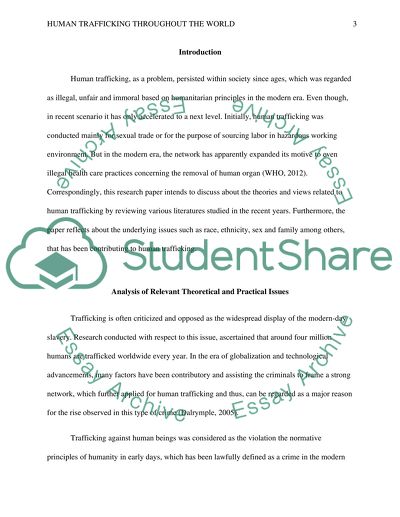Cite this document
(“Human Trafficking Throughout the World Research Paper”, n.d.)
Retrieved from https://studentshare.org/social-science/1495145-human-trafficking-throughout-the-world
Retrieved from https://studentshare.org/social-science/1495145-human-trafficking-throughout-the-world
(Human Trafficking Throughout the World Research Paper)
https://studentshare.org/social-science/1495145-human-trafficking-throughout-the-world.
https://studentshare.org/social-science/1495145-human-trafficking-throughout-the-world.
“Human Trafficking Throughout the World Research Paper”, n.d. https://studentshare.org/social-science/1495145-human-trafficking-throughout-the-world.


